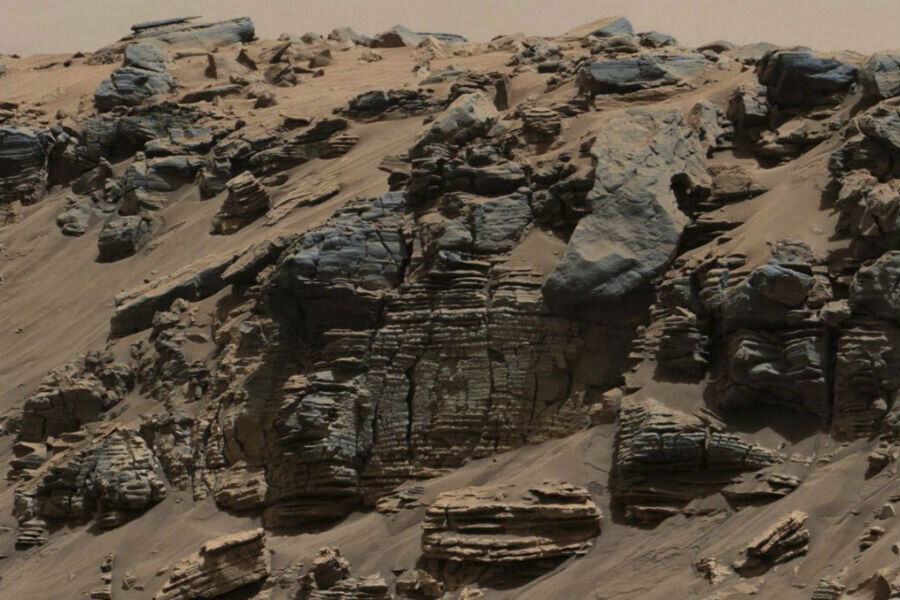NASA's Martian gardens: What kinds of veggies can we grow on Mars?
Loading...
With Elon Musk and NASA planning to send humans to Mars in the next 10-15 years, food scientists have taken on another step of the planning process: figuring out what astronauts will eat on the Red Planet.
Such a journey may take up to two and a half years, presenting a challenge when it comes to packing enough food to last the whole trip. In order to supplement their food supply, the astronauts may need to grow their own crops from seeds.
To simulate a gardening experience on the Red Planet, researchers at NASA's Kennedy Space Center and the Florida Tech Buzz Aldrin Space Institute have begun to experiment with "Martian gardens," using soil from Hawaii similar to the type of soil found on Mars. Martian soil is made up of crushed volcanic rock and contains no organic material, making plant survival significantly more difficult.
"Soil, by definition, contains organics; it has held plant life, insects, worms. Mars doesn't really have soil," said Ralph Fritsche, the senior project manager for food production at Kennedy Space Center, in a news release.
To gauge how much soil should be used and which nutrients should be added, researchers grew lettuce in three different types of soil: virtual Martian soil with no nutrients added, virtual Martian soil with nutrients added, and regular potting soil. They reported that the lettuce grown in the Mars-like soil with no nutrients added tasted the same, but had weaker roots and took longer to grow.
Next, they plan to conduct similar experiments with radishes, Swiss chard, kale, Chinese cabbage, snow peas, dwarf peppers and tomatoes.
In 2015, NASA astronauts on the International Space Station ate space-grown lettuce for the first time. The lettuce took 33 days to grow on the space station and was part of NASA efforts to provide future astronauts with a sustainable food supplement during long space voyages.
"Having lived on the space station for awhile, I understand the logistical complexity of having people live and work here for long periods and the supply chain that is required to keep us going," said astronaut Scott Kelly at the time. "If we're ever going to go to Mars someday, we're going to have to have a spacecraft that is more self-sustainable in regards to its food supply, as well as other things."
NASA and its partners have been sending orbiters, landers, and rovers – most recently, the Curiosity rover – to Mars for more than 40 years. It estimates now that it will send humans by the 2030s, but there has been some disagreement among NASA, Congress, and the White House over whether American astronauts can and should make the trip. The mission has its skeptics, as the Christian Science Monitor's Lonnie Shekhtman reported in March:
The National Academies of Sciences, Engineering, and Medicine in 2014 said that NASA's current plans for getting humans to Mars in the 2030s are unrealistic, according to Pasadena, Calif.-based Planetary Society, an advocacy organization that backs the goal of going to Mars above all else.
The academies calculated that NASA could not get humans to Mars earlier than 2046, and even then, only with a massive increase in congressional funding for the space program. In fiscal year 2017, that budget is $19 billion. Many people think more funding is unlikely.
Meanwhile, private space travel companies such as Elon Musk's SpaceX have also set their sights on sending humans to Mars. Last week, Mr. Musk unveiled a plan to send people to the Red Planet by 2024.








